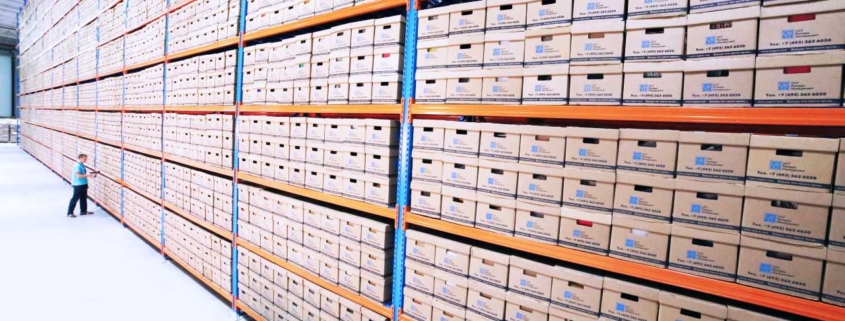Seven tips when designing your Warehouse.
Tomorrow’s supply chain will increasingly be about flexibility and speed. Your warehouse plays a crucial role in this process. In this piece seven recommendations that you should pay attention to.
It doesn’t get any easier. The response times from the warehouse must improve. Being flexible and handling a wide variety of SKUs makes it even more difficult to determine a good layout. What works today may already be obsolete tomorrow. A standard approach, one size fits all, will no longer work. However, there are a number of things to keep in mind.
Know your customer
Or rather. Know your customer’s market and processes. Good analysis of the processes, products, product and market requirements is an important prerequisite before you get started. It is also important that you know the other parties in the chain well and what their role and performance is. How do they deliver? Can they move easily or are they stuck in fixed delivery patterns and use of transport type and SKU carriers?
Modular building
Take an approach where modular design is possible. This offers options to remain more flexible and scalable. Opt for multi-tier solutions and pick solutions that can be expanded.
Listen to your staff
In addition to the immense amount of information that is often obtained from ERP or WMS systems, essential information is also available in the workplace. What problems do you encounter? They know well which SKUs cause problems and where the picking problems lie. By putting their knowledge alongside your data analysis, you quickly get a good and complete picture of what your warehouse must meet.
Watch for future flows
With predictive analyzes you can see new developments coming in time. Which products or product groups are increasing or shrinking. Good predictive analyzes can ensure that you can adjust your operation in time. The latest Warehouse Execution Software offers increasingly better options in this area. Don’t skimp on that. The time of Excel sheets for managing your warehouse and goods flows is behind you.
Make choices.
Do not attempt to include all SKUs. This makes the process unnecessarily complex and above all expensive. Also pay attention to what the seasonal or incidental products are. The exceptions should also be treated as such. Focus on the larger structural flows you want to process.
Bottlenecks.
Your output is as large as the capacity of your main bottleneck. And every warehouse manager knows his bottlenecks. Of fast movers that are not easily accessible for pickers or congestion of internal traffic. They are inevitable but you can make them as small as possible. It is therefore important to have insight into your bottlenecks during the design of your warehouse. Design different scenarios and have them calculated. Precious? A poorly designed warehouse ultimately costs you more.
Good software.
In addition to the physical conditions, an up-to-date software is essential. It must be able to cope with multisite and multicustomer challenges. Being able to deliver the right real-time reports, but also being able to deal with your bottlenecks. Also pay attention to the compatibility of your material and software. You will not be the first to find out at the last minute that the terminals and the WMS are not working properly together.
Another point is the number of wireless points in your warehouse. Note the maximum load per point and that you have enough wireless points. Too few points can lead to loss of information or congestion on your digital lines, resulting in slower processing of information.








